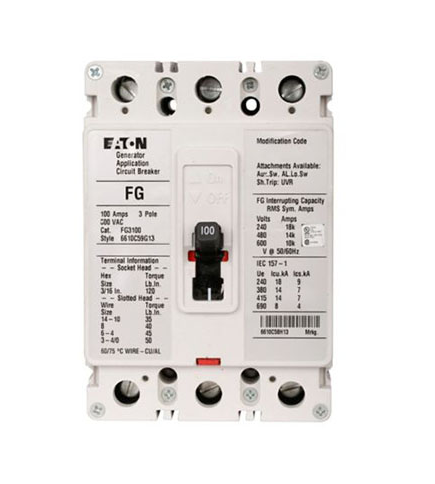
ACPNUMEN компаниясында биз ар кандай тармактар үчүн алдыңкы токтотмочу чечимдерди берүүгө милдеттүүбүз. Изилдөө жана өнүктүрүүгө болгон көңүлүбүз бизге инновациялык өнүмдөрдү жасоодо алдыңкы кадамдарды жасоого мүмкүндүк берди. Биздин ток өчүргүчтөр эң катаал чөйрөлөргө туруштук берүү үчүн жана өтө оор шарттарда максималдуу натыйжалуулукка жетүү үчүн иштелип чыккан. ACPNUMEN компаниясынын токтоткучтары менен телекоммуникациялык инфраструктураңыздын коопсуздугун камсыз кыла аласыз.
Биздин тармактагы дүйнөлүк лидер катары биз эки бизнес же колдонмо бирдей эмес экенин түшүнөбүз. Ошондуктан биздин эксперттер тобу кардарлар менен тыгыз кызматташып, алардын муктаждыктарына ылайыкташтырылган чечимдерди иштеп чыгат. Же болбосо, электр тогунун күчүн жоготуудан коргош үчүн же сезимтал электрондук жабдыктарды коопсуз иштетүү үчүн ACPNUMEN компаниясы камсыз кылат.
Биздин мыктылыкка болгон милдеттенмебиз сапатты көзөмөлдөө боюнча катуу процесстерде жана өнүмдөрдү текшерүүдө чагылдырылат. Биз эң жогорку сапаттагы компоненттерге жана материалдарга инвестиция салуу менен биз күтүүлөрдөн ашып түшкөн өнүмдөрдү чыгара алабыз деп ишенебиз. ACPNUMEN компаниясында биз кардарларыбызга эң мыктылардан башка эч нерсе берилбеши үчүн, бул ишти аткарууга умтулабыз.
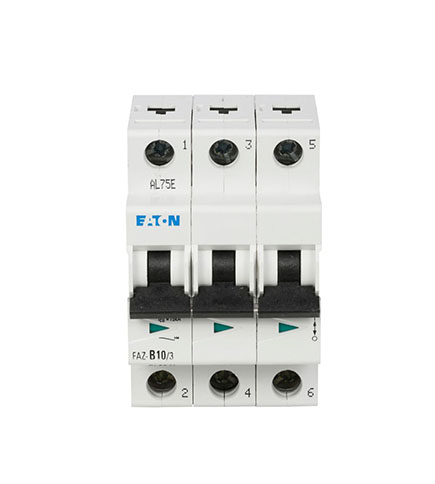
Электроника дүйнөсүндө ACPNUMEN - байланыш, байланыш, авто электроника, санарип схемалар жана өнөр жай контролдору сыяктуу маанилүү операцияларды коргоо үчүн жасалган жогорку схемалык өчүргүчтөр аркылуу схемаларды коргогон көрүнүктүү коргоочу. Биздин схемалык өчүргүчтөр үзгүлтүксүздүктү жана үзгүлтүксүз кызмат көрсөтүүнү камсыз кылат.
Функционалдуулук биринчи орунда турат, ошондуктан ACPNUMEN схемалык өчүргүчтөрүнүн мааниси, алар татаал, назик электрониканы зыян келтире турган ашыкча токтон коргойт. Бул схемалык өчүргүчтөрдүн ар бири акыркы технологияны колдонуп иштелип чыккан, бул өчүргүчтүн ылдам жооп берүүсүн камсыз кылат жана ага туташкан башка системалардын ишине таасир этпейт. Авто электроникасынын бүтүндүгүн коргоодон же байланыш тармактарындагы катастрофалык бузулуулардын алдын алуудан, ACPNUMEN дүйнө жүзү боюнча дизайнерлер жана инженерлер үчүн идеалдуу тандоо болуп саналат.

Электр коргоодо ACPNUMEN ар кандай өнөр жайларга кызмат кылган электр тизмектерин камсыз кылуучу белгилүү жеткирүүчү. Биздин жогорку сапаттагы электр тизмектери байланыш, телекоммуникация жабдыктары, авто электроника, өнөр жай контролу жана санариптик схемалар үчүн ылайыктуу, бул сиздин бизнес активдериңиздин үзгүлтүксүз иштешин жана коопсуздугун камсыз кылат.
ACPNUMENдин электр тизмектери сиздин электр системаларыңызды коргоо үчүн эң жакшы тандоо. Алар байланыш тармактарында же авто колдонмолордо талап кылынган шарттарды чыдамдуу болушу үчүн тактык жана чоң камкордук менен иштелип чыккан. Бул түзмөктөрдүн максаты - агымдын агымында кандайдыр бир аномалия пайда болгондо токтотуу, ошентип схеманы бузулуудан коргойт. Эгер сиз биздин компаниянын электр тизмектерин тандасаңыз, сиз бизнесиңиздин узак мөөнөттүү иштеши жана натыйжалуулугуна стратегиялык инвестиция жасайсыз.
ACPNUMEN заманбап өнөр жайлардын электр тогу өчүргүчтөрүнө болгон муктаждыктарын жакшы түшүнөт. Биздин адистерибиз ар дайым биздин продукциябызды жаңылоо жана жакшыртуу боюнча аракет кылышат, ошондуктан кардарларыбыздын динамикалык муктаждыктарын канааттандырат. Сиз телекоммуникация өнөр жайында иштесеңиз же өнөр жайларды башкарган татаал системаларыңыз болсо, биздин электр тогу өчүргүчтөрүбүз жакшы натыйжалуулукка жетишүүгө мүмкүндүк берет, ошондой эле минималдуу орунду ээлеп, оңой интеграцияланат. ACPNUMENдин электр тогу өчүргүчтөрү баалуу буюмдардын бузулушунан жана токтоп калуусунан коргойт, ошондуктан жумушту үзгүлтүксүз жүргүзүүгө кепилдик берет.

ACPNUMEN - көп жылдан бери эң жогорку бренддердин бири болуп келген электр компоненттеринин бренди жана бүгүнкү күндүн өнөр жайынын ар түрдүү муктаждыктарын канааттандыруу үчүн электр тизмектеринин толук ассортиментин сунуштоого кубанычта. Электр тизмектеринин алдыңкы өндүрүүчүсү катары ACPNUMEN коопсуздукту, натыйжалуулукту жана ишенимдүүлүктү жогорулаткан сапаттуу чечимдерди сунуштоого аракет кылат.
ACPNUMENдин автоматтык өчүргүчтөрү кыска туташуулар жана ашыкча жүктөмдөрдөн жабдууларды жана кызматкерлерди коргоо үчүн атайын иштелип чыккан. Компаниянын сапатка болгон милдеттенмеси бардык продукцияларында, катуу конструкциядан баштап так өндүрүш процессине чейин көрүнүп турат. ACPNUMENдин автоматтык өчүргүчтөрү менен колдонуучулар электр системалары боюнча эч нерсеге тынчсызданбашы керек.
Мындан тышкары, ACPNUMEN жогорку сапаттагы товарлары менен бирге өзгөчө кардарларды тейлөө жана колдоо көрсөтөт. Техникалык жардам линиясы, жекелештирилген жооп, сатуу боюнча кам көрүү компаниянын адистери тарабынан жүргүзүлөт. Сизге жалпы автоматтык өчүргүчтөр же жекелештирилгендер керек болсо, ACPNUMENге электр инфраструктураңыздын коопсуздугу жана ишенимдүүлүгү үчүн ишенсеңиз болот.
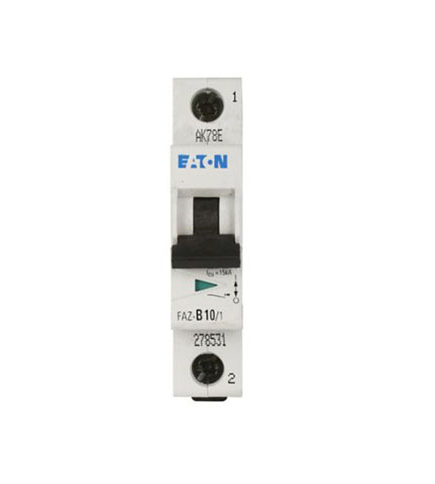
Бөлгүч эксперт, ACPNUMEN электр системаларынын коопсуздугун жана ишенимдүүлүгүн камсыз кылган жогорку сапаттагы бөлгүч чечимдерин сунуштоого милдеттенет. Биз байланыш, телекоммуникация жабдуулары, авто электроника, өнөр жай контролу, санариптик схемалар жана башка тиешелүү тармактарга көңүл буруп, биздин продукциялар кардарларыбыздын ар кандай талаптарына жооп берет. Мындай жол менен өнүккөн бөлгүчтөр ашыкча жүктөн жана кыска туташуу учурларынан качып, электр жабдууларын өрт коркунучунан коргойт.
Иновация жана сапат ACPNUMENде биз сыймыктанган нерселер. Биз бөлгүчтөрдү долбоорлоодо өнүккөн технологияларды жана жогорку сапаттагы компоненттерди колдонобуз. Ошондуктан, алар ар кандай электр шарттарында жакшы иштейт, буларды абдан туруктуу кылат. Эгер сизге үй же коммерциялык негиздеги бөлгүчтөр же 심 산업да колдонулган бөлгүчтөр керек болсо, биз сизге эң ылайыктуу варианттарды табууга жардам берүүгө даярбыз.

ACPNUMEN 1998-жылы негизделген топ электрдик электрондук продукцияларга басым жасаган комплекстүү кызмат көрсөтүүчү. Ал АКШдагы Fortune 500 компаниясынын бири болгон Eaton Bussmnann менен кызматташуу келишимин түздү! Учурда компания байланыш, телекоммуникациялык жабдуулар, автоунаа электроникасы, өнөр жай башкаруу, санариптик схема жана башка тармактарга басым жасайт. Биз бул компанияны түзгөндөн бери: Сапат - ишкананын аман калышынын негизи, кадыр-барк өнүгүүнү улантат, инновация ишкананы мыкты кылат деп эсептейбиз.
Биз Eaton Bussmann, On-Bright, Littelfuse, Conquer, Sino fuse, Allen-Bradley, Aupo, Wago, Sanyou жана башка сыяктуу белгилүү бренддердин көптөгөн агенттик укуктарын алдык.
Биз 26 жылдык тажрыйбабыз менен схемаларды коргоо боюнча иштейбиз.
24 саат бою кызмат көрсөтүү, 2 сааттын ичинде тез жооп.
100% оригиналдуу бренддик продукция, 100% сапат кепилдиги, толук сертификаттар.
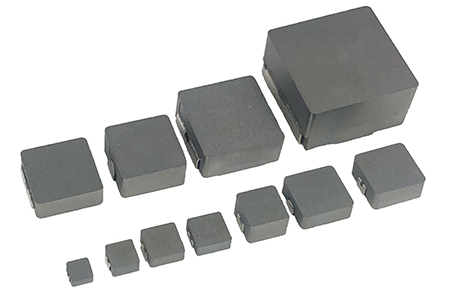
26
Apr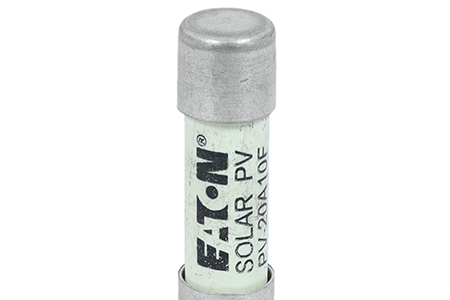
26
Apr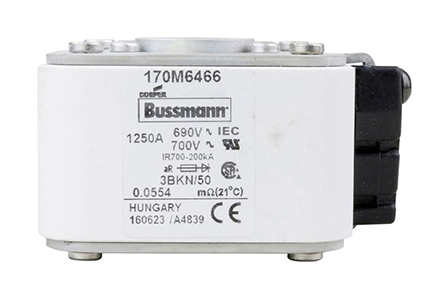
26
AprЧыккыч автомат - электрдик токтун агымын автоматтык түрдө токтун ашып кетүүсүн же кыска туташууну аныктаганда токту токтотуу үчүн иштелип чыккан электрдик өткөргүч түзүлүш.
Чыккыч автоматтар байланыш, телекоммуникация жабдыктары, автоунаа электроникасы, өнөр жай контролу жана санарип схемалары сыяктуу ар кандай тармактарда колдонулат. Алар бул тармактардагы электрдик схемаларды коргоону камсыз кылат.
Ооба, чыгырык автоматтар токтогондо кайра орнотулушу мүмкүн. Ката чечилгенден кийин, чыгырык автоматты "КУУ" абалына кайра өткөрүү менен кол менен орнотсо болот. Бирок, катага алып келген негизги себепти аныктап, аны чечүү маанилүү, анткени бул кайра кайталанган маселелерди алдын алууга жардам берет.
Чыккыч автоматтар ар кандай электрдик системаларга ылайыкташтырылган ар кандай түрлөрдө жана өлчөмдөрдө келет. Сиздин конкреттүү колдонмоңуз үчүн талап кылынган вольт, ток рейтингин жана башка спецификацияларды дал келүүчү чыгырык автоматты тандоо маанилүү.


2024 © Шанхай King-Tech Electronic Co., Ltd. Жашоо Политикасы